Photographs: Vivek Prakash/Reuters Business Standard
Recent statements from the Central government, particularly from Finance Minister P Chidambaram, have emphasised that the RBI must co-ordinate its efforts with the government, that it should work 'in tandem' and take 'calibrated risks'.
On October 30, the Reserve Bank of India will announce its review of monetary policy for the second quarter of 2012-13.
The dilemma facing the RBI has not changed substantially since the last policy review; while, on the one hand, the government has promised to rein in the fiscal deficit and even taken a few tentative moves in that direction, on the other the optimistic would detect signs that economic growth is reviving even without a rate cut.
. . .
Rates: Why the Reserve Bank is in dilemma
Photographs: Stringer/Reuters
After all, the last recorded quarter, ending in June 2012, saw growth in gross domestic product marginally higher year-on-year than the previous quarter's growth for the first time in over a year.
Still, the difference was marginal -- 5.3 per cent growth in the first quarter of calendar year 2012, and 5.5 per cent in the second quarter.
More recent news from corporate results, suggesting some are recovering pricing power and others -- even infrastructure companies like Larsen & Toubro -- have seen a pick-up in their order books, could also suggest that the green shoots of revival are manifesting themselves.
. . .
Rates: Why the Reserve Bank is in dilemma
Image: Montek Singh Ahluwalia (left) with Prime Minister Manmohan Singh.Photographs: Raveedran/Pool/Reuters
Yet the continuing sluggishness of the index of industrial production, particularly in its components that deal with manufacturing, suggests that these are illusory indicators, and that manufacturing is still frozen, as is investment in capital goods, meaning that growth may be paralysed for some time to come unless drastic action is taken.
The question of price inflation, in addition, will be worrying the Reserve Bank.
Inflation in September, as measured by the wholesale price index, came in at 7.8 per cent, the highest in 10 months.
. . .
Rates: Why the Reserve Bank is in dilemma
Photographs: Amit Dave/Reuters
However, it would perhaps be a mistake for the RBI to fixate on this. Most importantly, the effects of the partial increase in the administered price of diesel will take some time to work through the economy.
There is also the very important fact that 'core' inflation, an index adjusted for the price increases in food and fuel that are independent of rates, rose at 5.6 per cent in September, the same as in August.
RBI Governor D Subbarao has expressed his dissatisfaction with the index in the past, claiming that high consumer price inflation will provide 'momentum' to prices.
. . .
Rates: Why the Reserve Bank is in dilemma
Photographs: Rupak De Chowdhuri/Reuters
Given that consumer inflation has been high without seeing any 'momentum' in core inflation, it is time he revisited that argument.
However, it is undisputable that consumer price inflation, close to 10 per cent, is still well out of the RBI's comfort zone.
Meanwhile, the efficiency of the policy rate transmission mechanism remains in doubt, leaving many believing that the RBI will cut the cash reserve ratio instead.
The RBI's dilemma, thus, remains acute.
But it is the RBI's dilemma alone.
. . .
Rates: Why the Reserve Bank is in dilemma
Photographs: Rupak De Chowdhuri/Reuters
Recent statements from the Central government, particularly from Finance Minister P Chidambaram, have emphasised that the RBI must co-ordinate its efforts with the government, that it should work 'in tandem' and take 'calibrated risks'.
Unfortunately, some in the government seem to think that a few statements of intent on controlling the runaway fiscal deficit mean the problem is solved; and that restoring growth isn't their problem at all, but the RBI's alone.
The government simply has not done enough to allow it to apply sufficient persuasion on the central bank.
Mint Road should consider if prudence in the current situation is a better option. In any case, it must make its own mind up on whether or not a rate cut is called for, and firmly ignore the statements emerging from New Delhi.

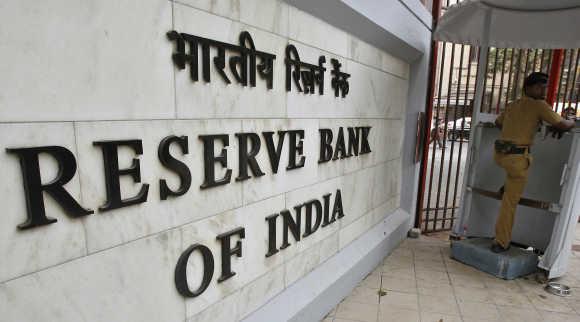
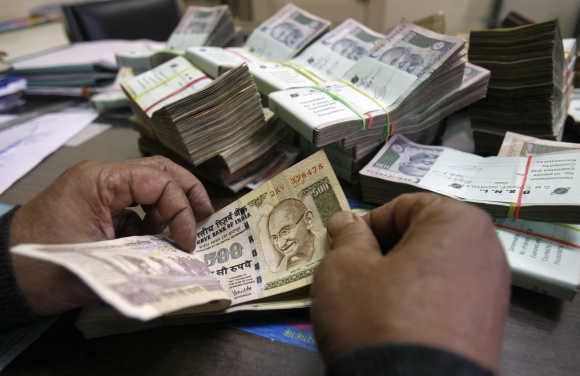
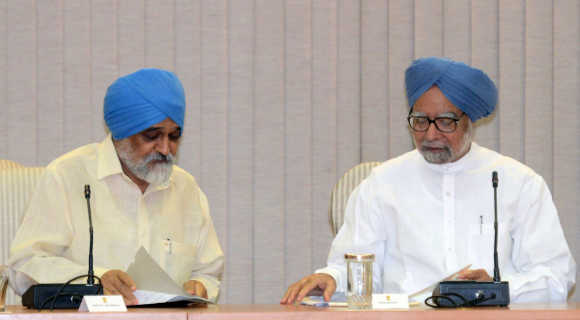

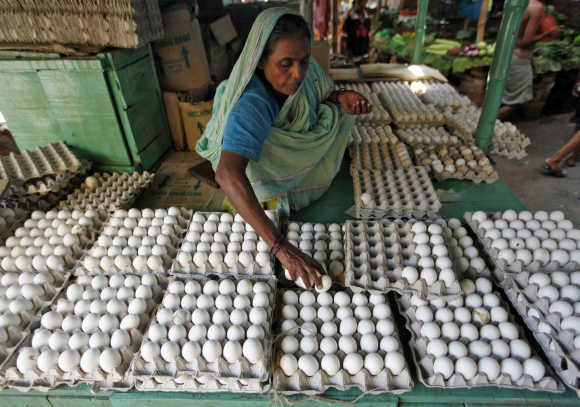
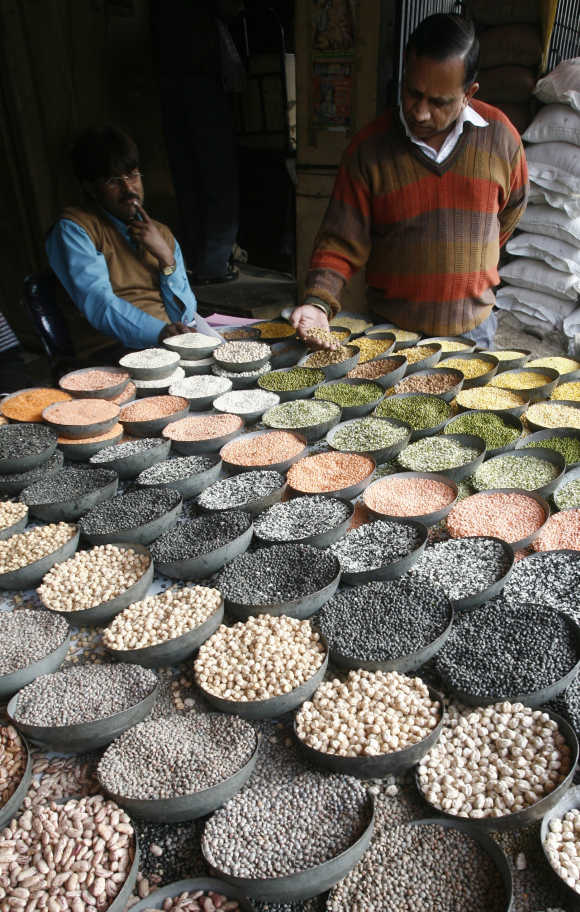
article